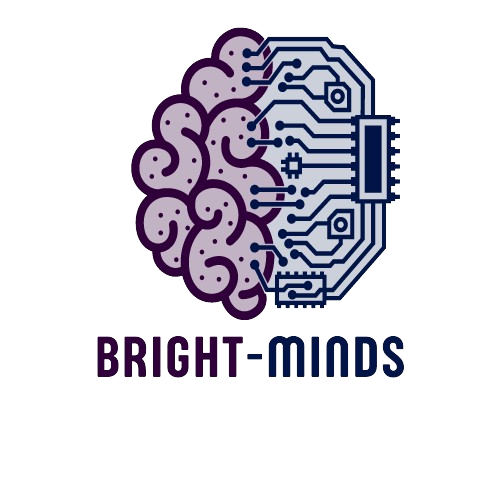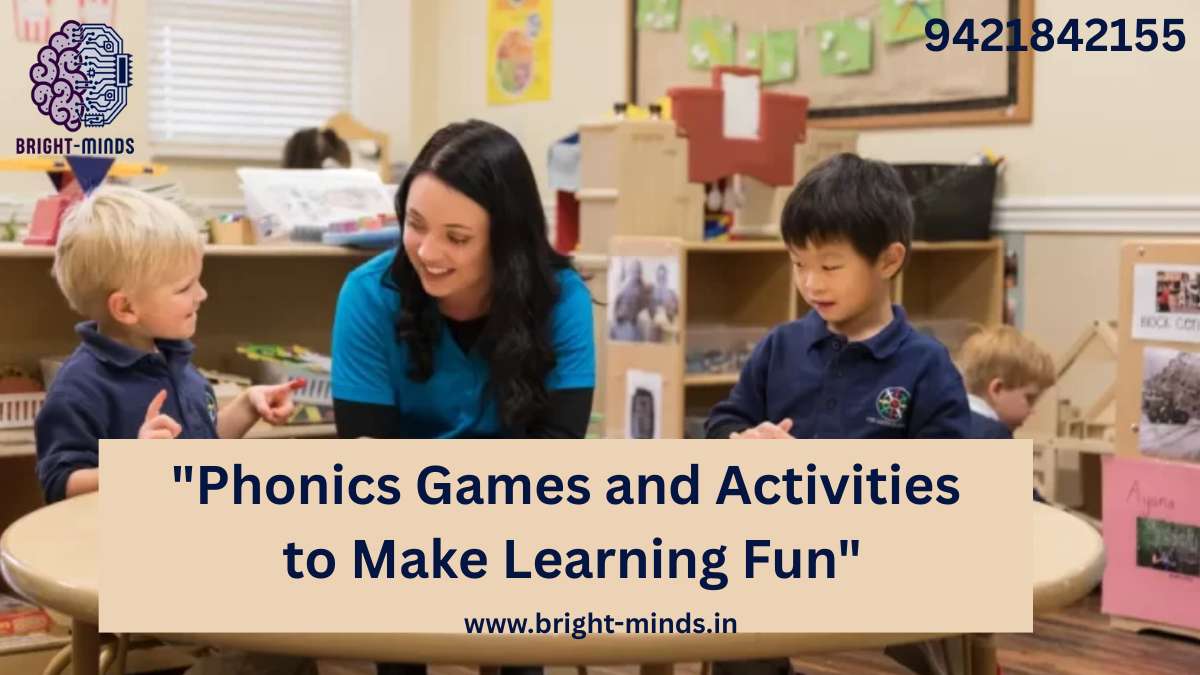Learning to read is one of the most important milestones in a child’s life—but let’s be honest: it’s not always easy. For many kids (and even some adults), learning phonics—the relationship between letters and their sounds—can feel repetitive, dry, and confusing.
But what if learning phonics could be exciting? What if kids looked forward to it the way they do playtime?
That’s where phonics games and activities come in. When done right, they turn reading instruction into a joyful, interactive experience that strengthens skills while sparking curiosity. Whether you’re a parent, teacher, or education professional, this guide will show you how to make phonics fun—and effective.
📚 What is Phonics, and Why Does It Matter?
Phonics is the method of teaching reading by helping learners connect sounds (phonemes) with letters or groups of letters (graphemes). For example, understanding that the letter “B” makes the /b/ sound is a foundational phonics concept.
Phonics plays a critical role in early literacy, helping learners decode words, spell correctly, and build vocabulary.
🎯 Why It’s Essential:
- Improves reading fluency and comprehension
- Builds spelling and writing skills
- Sets the foundation for long-term academic success
But here’s the catch: traditional phonics instruction can feel tedious or overwhelming. That’s why integrating games and hands-on activities is a game-changer.
🎮 Why Phonics Games Work: The Brain Science
Children learn best through play. Research shows that active learning—especially involving movement, visuals, and sound—stimulates multiple areas of the brain. This multi-sensory engagement improves memory retention, encourages problem-solving, and makes learning more enjoyable.
Phonics games:
- Reduce anxiety around reading
- Increase motivation
- Encourage collaboration and communication
- Cater to different learning styles (visual, auditory, kinesthetic)
When learning feels like a game, kids are more likely to stay engaged—and that’s when the magic happens.
📈 Market Trends & Industry Insights: Phonics Is Big Business
With growing concerns about reading levels worldwide, phonics-based learning is gaining major traction—not just in schools, but also in edtech and home learning markets.
Key Industry Trends:
- The global early childhood education market is projected to reach $480 billion by 2027.
- Phonics apps like Reading Eggs, Hooked on Phonics, and ABCmouse have millions of users and consistent year-over-year growth.
- Educational toy companies are launching more interactive phonics-based games, blending tech with hands-on learning.
Clearly, phonics education is evolving—and fun, gamified learning is leading the way.
🔤 10 Fun Phonics Games and Activities for Beginners
Whether you’re teaching in a classroom or helping your child at home, these beginner-friendly games make learning phonics exciting and effective.
1. Phonics Hopscotch
Draw hopscotch squares and write a letter or digraph (like “ch”, “th”) in each. Call out a sound, and the child jumps to the matching letter. Great for kinesthetic learners!
2. Sound Match Memory Game
Create cards with letters and pictures (e.g., “S” and “sun”). Kids take turns flipping two cards to find a match between letter sounds and images.
3. Alphabet Bingo
Customize bingo boards with letters or simple words. Call out the sound or show a picture, and players cover the corresponding square. Prizes optional—but always appreciated!
4. Phonics Fishing
Attach paperclips to letter cards and make a fishing rod with a magnet. Kids “catch” a letter, say the sound, and use it in a word. Reeling in learning has never been this fun!
5. Rhyme Time Races
Give learners a word like “cat” and race to find other rhyming words (hat, bat, mat) on flashcards hidden around the room.
6. Sound Sorting
Provide a mix of picture cards (e.g., apple, ball, car) and sorting baskets labeled with beginning sounds (“A”, “B”, “C”). Children place each card in the correct basket.
7. Phonics Scavenger Hunt
Hide items or picture cards around the house or classroom. Call out a sound (“Find something that starts with /m/!”) and let the hunt begin.
8. Roll and Read
Create a dice chart with a list of simple CVC (consonant-vowel-consonant) words. Each number on the dice corresponds to a word. Kids roll, read, and score points.
9. Build-a-Word Blocks
Use letter blocks to form words. Say a word aloud and have the learner build it by sound. Great for visual and tactile learners.
10. Sing-Along Phonics Songs
There are plenty of YouTube channels and apps with catchy phonics songs. Singing reinforces sounds and makes repetition fun (and less tedious for parents!).
👩🏫 Real-World Examples: From Homes to Classrooms
✅ Emily, a first-grade teacher:
“I started using sound-sorting baskets with my students, and their confidence skyrocketed. It made abstract sounds more concrete and playful.”
✅ Mark, a parent of a 5-year-old:
“We struggled to get our son interested in reading until we introduced phonics games. Now he begs to play bingo—and he’s reading three-letter words already!”
✅ Olivia, a literacy coach:
“Incorporating movement into phonics activities helps kids retain information faster. Hopscotch and scavenger hunts are always a hit.”
These stories aren’t just inspiring—they prove that fun learning works.
💡 Practical Tips for Using Phonics Games Effectively
- Keep sessions short and sweet. Young learners thrive on bite-sized activities.
- Repeat frequently. Consistency helps reinforce sound-letter relationships.
- Use real-life items. Bring phonics into everyday life (e.g., “Let’s find things that start with S at the supermarket!”).
- Combine with reading aloud. Games work best alongside books, stories, and interactive reading time.
- Celebrate progress! Small wins build confidence and create positive reading associations.
🌍 Connecting Phonics to Financial Literacy and Lifelong Success
At first glance, phonics might seem like a small step. But mastering reading early opens the door to all other subjects—including math, science, and yes, financial literacy.
A strong reading foundation empowers kids to:
- Understand money-related words and numbers
- Read instructions, contracts, and financial documents later in life
- Develop the confidence to take control of their future
Learning to read is the first building block of learning to thrive.
Phonics Worksheets for Kindergarten PDF Fun Literacy Stations!
class ukg englishclass ukg english question paperclass ukg english question paper pdfclass ukg english worksheetukg class ukg english question paperword meaning for class ukg english to hindi class ukg english paperworksheet for class ukg english

